THIS week’s property review includes this wrap-up of interesting recent listings across the country, and a separate article of recently completed sales of note.
- New England finishing factory
- Scale in northern NSW offers wind turbine income
- Southern Qld beef powerhouse
- SA’s Lake Torrens heads to auction
- Hay Plains country commands $10m
- Western Downs grazing offers diversity
- NQ grazing & irrigation attract strong interest
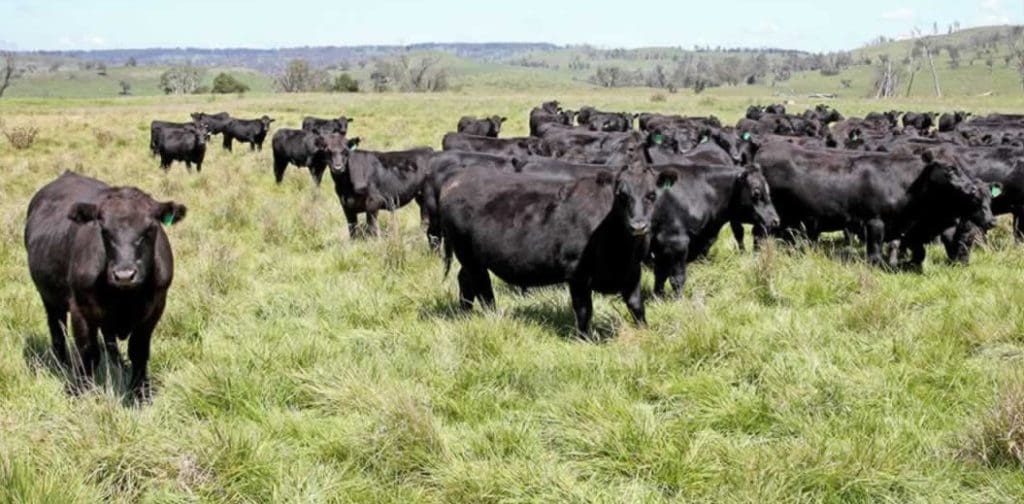
The 1504ha Lakeside sits 1280m above sea level in two sheltered valleys in the St Leonards Creek/Brackendale district, 30km south-east of Walcha and 93km from Armidale.
New England finishing factory
A blue-ribbon New England factory for finishing cattle is expected to command between $30 million and $35 million when it is auctioned next month.
The 1504ha Lakeside sits 1280m above sea level in two sheltered valleys in the St Leonards Creek/Brackendale district, 30km south-east of Walcha and 93km from Armidale.
Boasting heavy rich black basalt soils growing ‘high performance’ fescue-based pastures, it is rated to carry between 1500 and 1750 cows; background and finish 3000 to 4500 steers; or around 30,000 dry sheep equivalents.
Lakeside is being offered by Armidale-based Jackson Agriculture – an Australian meat industry company that finishes grassfed steers for domestic and international customers. It is owned by well-known northern New South Wales beef producer John Jackson.
Jackson Agriculture holds a number of signature properties in the New England including Suaramez at Armidale and Ben Lomond properties Braeside, Winston Park and Oakholme.
As a meat buyer/butcher, Mr Jackson identified the properties as producing the best fat lambs and cattle, and sought to purchase them once he divested his abattoirs.
Grazag farm agronomist Mat Foster has been consulting on Lakeside for nine years.
“Of all the properties in the portfolio, Lakeside is the cream of the crop. Located south-east of Walcha, the country boasts a rare combination of high altitude, high rainfall and beautiful soils,” he said.
“Lakeside is a highly developed property with extensive pasture renovation that has the ability to turn off high numbers of cattle, especially in the spring, summer and autumn.”
Meares & Associates agent Chris Meares described Lakeside as one of the prime backgrounding and finishing properties in eastern Australia.
The holding is watered by spring-fed creeks travelling through 19 paddocks and 60 dams in a 1000mm rainfall region.
Improvements include a four-bedroom home, steel cattle yards, a near new six-stand shearing shed, sheep yards and a shed.
Lakeside will be sold via online auction starting on April 23.
Scale in northern NSW offers wind turbine income
Offers over $20 million are anticipated for an aggregation of five Northern Tablelands grazing properties with potential for wind turbine income.
The 4468ha Runnymede Aggregation is situated near Yarrowyck, 36km from Uralla and 42km west of Armidale.
It comprises adjoining holdings Runnymede, Eureka South, Trida, Stonebrook and Sand Creek aggregated by local producer John Kennedy over 23 years.
Currently, the aggregation operates as a cattle and sheep trading enterprise but would also suit a breeding operation estimated to run 20,000DSE.
With an annual rainfall of 790mm, Runnymede features creek flats rising to arable undulating land reaching 1205m above sea level.
Further scale could be added with the Martel family’s neighbouring 1335ha Woodstock, which is being sold off-market for offers above $5 million.
Following a detailed statewide geospatial mapping exercise in 2018, Woodstock and the Runnymede Aggregation lie in a region identified by the NSW Government as an optimal location to generate renewable energy.
Both have the potential to host nine wind turbines each as part of the New England Renewable Energy Zone (REZ), with applications lodged and awaiting approval.
The Aggregation has double frontages to several semi-permanent or seasonal creeks and gullies, 70 permanent and semi-permanent dams and an equipped bore.
LAWD agent George Barton is anticipating considerable interest from a diverse buyer pool.
“There are potentially some very good long-term returns to be had from diverse income streams, including grazing, wind turbines and a potential carbon regeneration project.”
Infrastructure includes a number of residences, a modern nine-stand shearing shed, cattle and sheep yards, numerous sheds and more than 100km of fencing that has been upgraded or renewed.
Expressions of interest for the Runnymede Aggregation and Woodstock close on April 23.
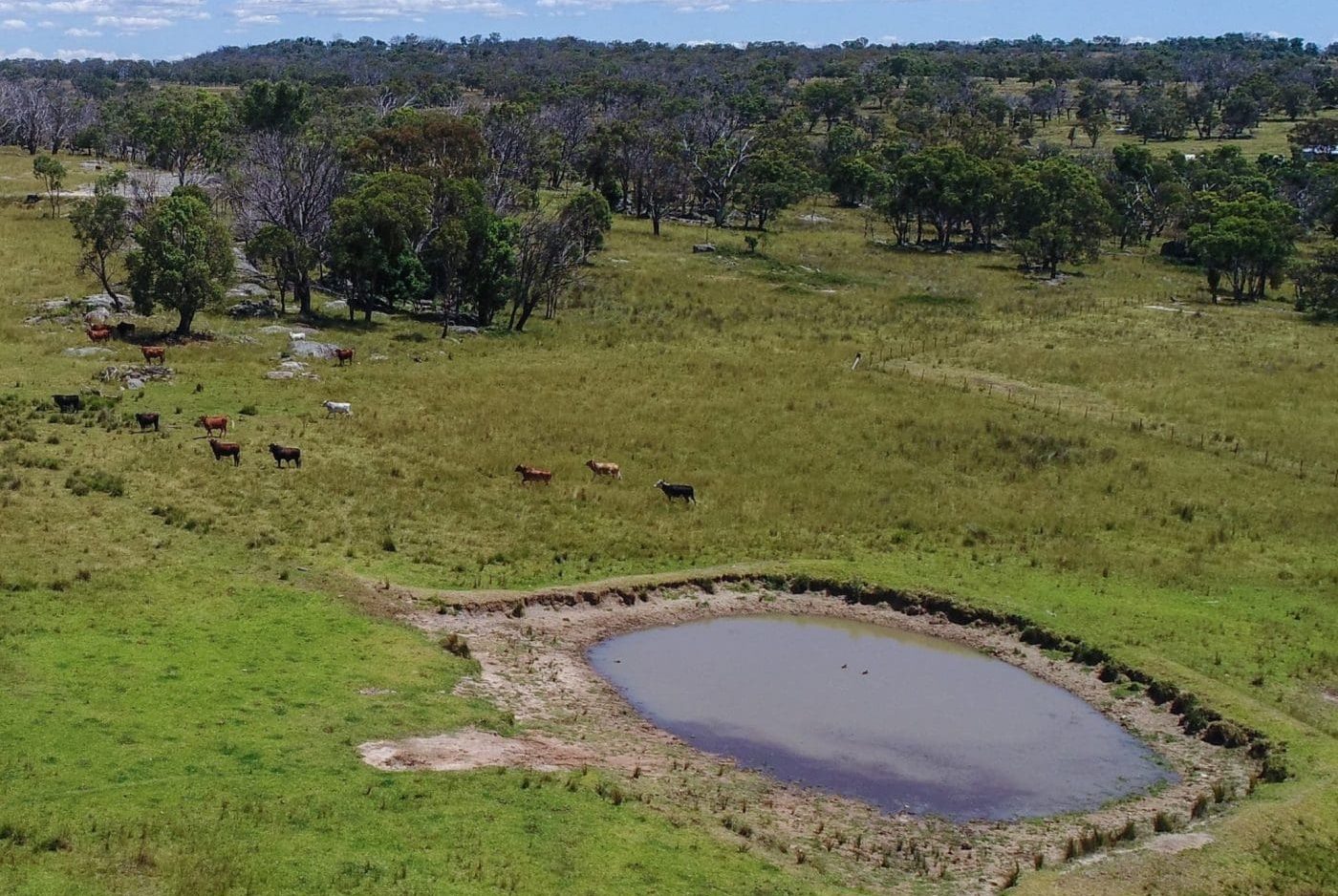
Currently, the Runnymeade aggregation operates as a cattle and sheep trading enterprise but would also suit a breeding operation estimated to run 20,000DSE.
Southern Qld beef powerhouse
A southern Queensland beef production powerhouse underpinned by irrigation and dryland cropping has been listed for sale by Michael and Danielle Butler after three years of ownership.
The 4922ha Widegewa is 72km north of Goondiwindi, in the Billa Billa/Moonie region, close to feedlots and livestock selling centres at Roma, Dalby and Inverell.
Nutrien Ag Solutions agent Andrew Jakins and LAWD agent Darren Collins have been appointed to sell the grazing and cropping enterprise by expressions of interest closing on April 11.
Mr Collins said significant capital expenditure has been invested into the fully exclusion-fenced Widgewa.
“The vendors have developed a 600 head feedyard to allow for strategic purchasing and holding of livestock during distressed selling periods, as well as holding and finishing livestock to meet market demands,” he said.
Widgewa is estimated to carry 1700 adult equivalents and historically has supported 500 cows and calves carried through to feedlot entry weight.
In addition, trade cattle are grown out to feedlot entry weight on both pastures and fodder crops.
Widgewa comprises 1811ha of cleared grazing land, 1757ha of timbered grazing country, 88ha of developed centre pivot irrigation and 705ha of dryland cropping (sorghum and oats).
The two 44ha centre pivots grow fodder crops which are harvested for silage, stored and fed through the feedyard.
Receiving around 520mm of rain a year, Widgewa is also watered by a 1200ML overland flow catchment/storage dam, 13 dams, an 8km frontage to the seasonal Weir River and a bore.
Other improvements include two homes, numerous sheds (including a new machinery shed), 200 tonnes of grain storage and new cattle yards.
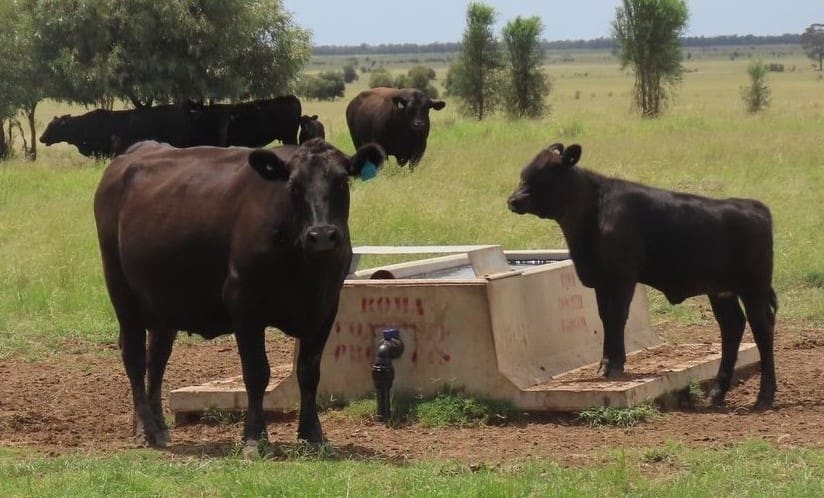
Widgewa is estimated to carry 1700 adult equivalents and historically has supported 500 cows and calves carried through to feedlot entry weight.
SA’s Lake Torrens heads to auction
After 40 years of ownership, John and Julie Rowe are downsizing and selling Lake Torrens Station in the Flinders Ranges region of South Australia.
The 43,300ha property is located 57km north-west of Hawker and 162km from Port Augusta.
Established in 1854, it was named in honour of South Australia’s Sir Robert Richard Torrens who introduced the Torrens Land Titles system in 1858.
Lake Torrens is currently run as a cattle breeding enterprise but has the potential and capacity to revert back to a sheep operation. It is rated to run 1360 cattle or 6800 sheep equivalents.
Elders agent Adam Chilcott said the station presents with an outstanding coverage of blue bush, salt bush, native grasses and herbages.
“Well improved and managed, the EU-accredited property is conservatively running 342 cows and calves (subject to an April muster) which will be included in the sale.”
Mr Chilcott said there had been widespread inquiry.
“Producers from Victoria and South Australia’s south-east, who have the capacity, are showing good interest in northern blocks because they offer geographic diversity and better value for money.”
Mr Chilcott said a limited number of pastoral stations in South Australia are offered to market, with the neighbouring Wallerberdina selling prior to auction in September 2021 for $4.11m.
Well watered by eight bores and a dam, there is potential for further water development on Lake Torrens.
Infrastructure includes a four-bedroom home, a cottage, quarters, a five-stand shearing shed, sheep yards, four steel cattle yards and various sheds.
Lake Torrens Station will be auctioned on a walk-in walk-out basis on May 1.
Hay Plains country commands $10m
Pat and Sharon Bunyan are seeking offers around $10 million for almost half of their 12,141ha Merino sheep and cotton country in south-western New South Wales.
Held by two generations, the 5771ha Mutherumbung Station is located near Booligal, 110km north of Hay, and comprises 5470ha of grazing and 304ha of irrigation.
The Hay Plains country is typically open with grey and red soils growing salt and cotton bush, native grasses and clovers and is renowned for growing and finishing livestock.
Historically running a self-replacing Merino flock, Mutherumbung is currently running 1500 mixed age ewes with lambs at foot, and 600 weaners.
When the Buyans added two irrigation bores, 304ha of country was laser levelled into a bankless channel and pond irrigation system and developed to cotton – grown in rotation with barley for sheep feed.
Elders agent Matt Horne said after recent rains, the property has experienced a good start to the season with preparations for this year’s cotton crop underway.
Situated in 300mm rainfall region, water is supplied by a bore and an open channel system from the Merowie Creek.
Attached to the sale of Mutherumbung Station is a 1043ML Lower Lachlan Groundwater irrigation licence.
Infrastructure includes a six-bedroom home, a six-stand shearing shed, sheep yards, shearers’ quarters and numerous sheds, with most of the fencing replaced within the last two years.
The sale of Mutherumbung Station (including the water entitlements) is being handled by Mr Horne and Darren Tapper from Tapper Agri Services.
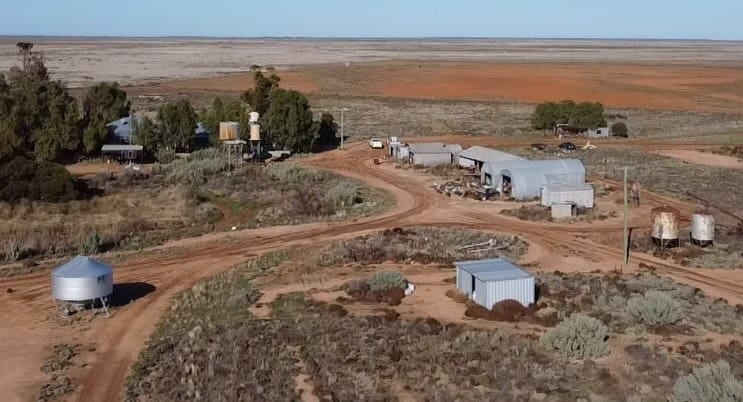
Held by two generations, the 5771ha Mutherumbung Station is located near Booligal, 110km north of Hay, and comprises 5470ha of grazing and 304ha of irrigation.
Western Downs grazing offers diversity
Alister and Jo Persse’s Western Downs grazing enterprise with mixed farming capabilities is attracting good inquiry from farming families.
Owned by the Persse family since 2014, the 2289ha Burumbah is 40km north-east of Toobeah and 53km from Goondiwindi, in south-west Queensland’s Goodar district.
Nutrien Harcourts agent Andrew Jakins said most of the interest was coming from families looking to relocate closer to Goondiwindi.
“Burumbah is suited to a sheep grazing, lamb fattening or cattle trading operation with the ability to grow both winter and summer forage and cash crops as security,” he said.
“The holding has been thoughtfully developed with sound improvements and excellent sheep handling facilities, backed up by a secure stock watering network that consists of piped water servicing all paddocks.”
The fully exclusion fenced property has a big body of feed supporting around 4000 ewes and lambs.
The productive soil types, mostly heavier grey belah and brigalow, are conducive to growing winter or summer cash and forage crops.
Burumbah is watered by 15 dams. Improvements include a four-bedroom home, workers accommodation, sheds, a five-stand shearing shed and sheep and timber yards.
Burumbah is being sold via expressions of interest closing on April 10.
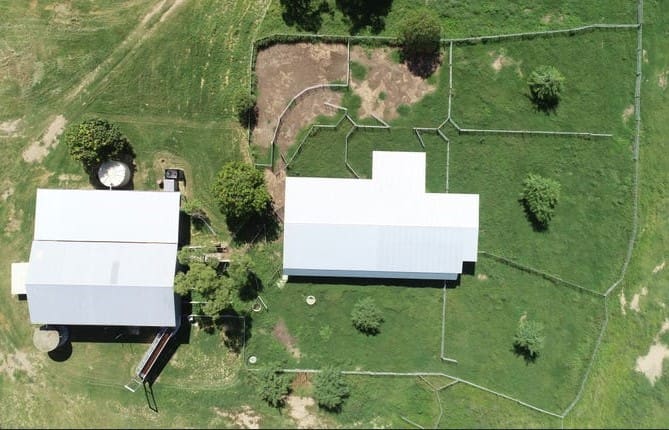
Burumbah is suited to a sheep grazing, lamb fattening or cattle trading operation with the ability to grow both winter and summer forage and cash crops as security
NQ grazing & irrigation attract strong interest
Two adjoining grazing and irrigation blocks listed for sale in North Queensland are attracting considerable interest from locals, Central Queensland and New South Wales producers.
Aggregated by Dingo Park’s Jeff and Jenny Reid, the 830ha Billabong and the 547ha Keshvale are located near Woodstock, 50km south of Townsville.
Slaney & Co agent Henry Slaney said Keshvale was an irrigation farm with some grazing, while Billabong is a grazing property with some irrigation – as evidenced by the size of the water allocations.
“The attraction is the high rainfall catchment, the unregulated bore field, the free of charge water harvesting licence, as well as the safe rainfall area.”
Both properties feature coastal forest country that has been largely cleared and developed to improved pastures.
Well-drained, flat and fertile, Keshvale and Billabong have a mix of black and alluvial creek frontage soils.
Billabong
Around 247ha of grazing country supports a breeding herd, but Mr Slaney believes pasture improvement could grow and finish cattle.
Based on its present low-key land use, Billabong has considerable production upside possibilities.
Around 110ha of flood irrigation previously grew Rhodes grass and leucaena and there is significant potential to dryland farm the balance of country or increase the area to improved pastures.
Billabong is bisected by the Majors Creek anabranch and the Bullock Creek and it has numerous seasonal waterholes, three equipped bores and a 600ML irrigation licence.
Infrastructure includes a six-bedroom home, workers quarters, sheds and steel cattle yards.
The sale includes around 400 mixed cattle and basic plant and machinery.
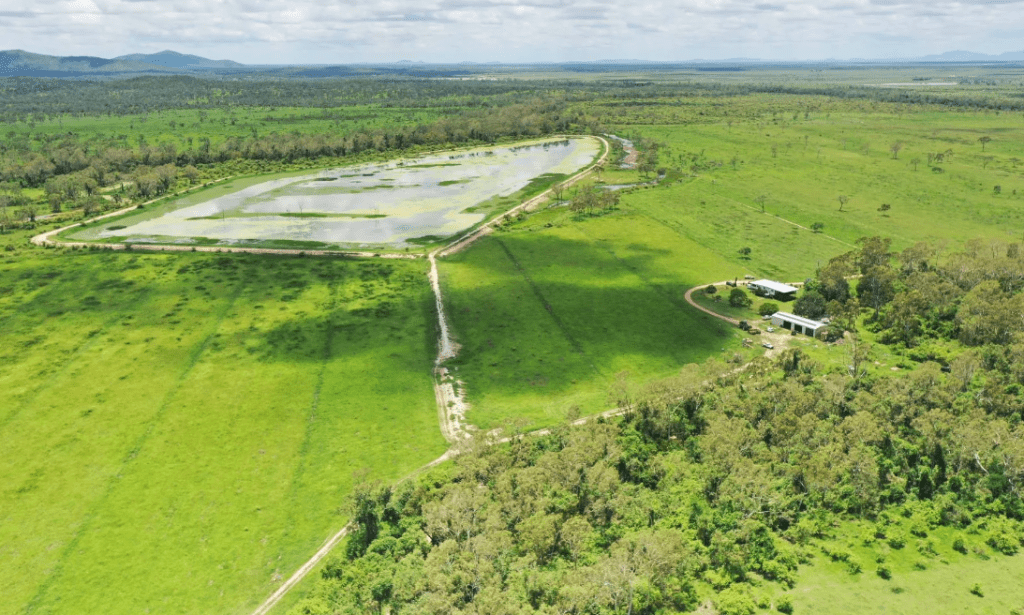
Billabong is bisected by the Majors Creek anabranch and the Bullock Creek and it has numerous seasonal waterholes, three equipped bores and a 600ML irrigation licence.
Keshvale
Currently producing hay, the land and major irrigation water supplies could be re-purposed to grow other crops, including grains and pulses.
Previously, Keshvale grew sugarcane but today, 200ha of flood irrigation is planted to Rhodes grass with a further 100ha of potential irrigation land.
There are two dams underpinned by a 2200ML licence from the Majors Creek which bisects the property.
Infrastructure includes a four-bedroom home, cattle yards and numerous sheds.
Plant and modern hay-making machinery is included in the sale.
Billabong and Keshvale are being offered for sale separately or as a whole by expressions of interest closing on April 23.
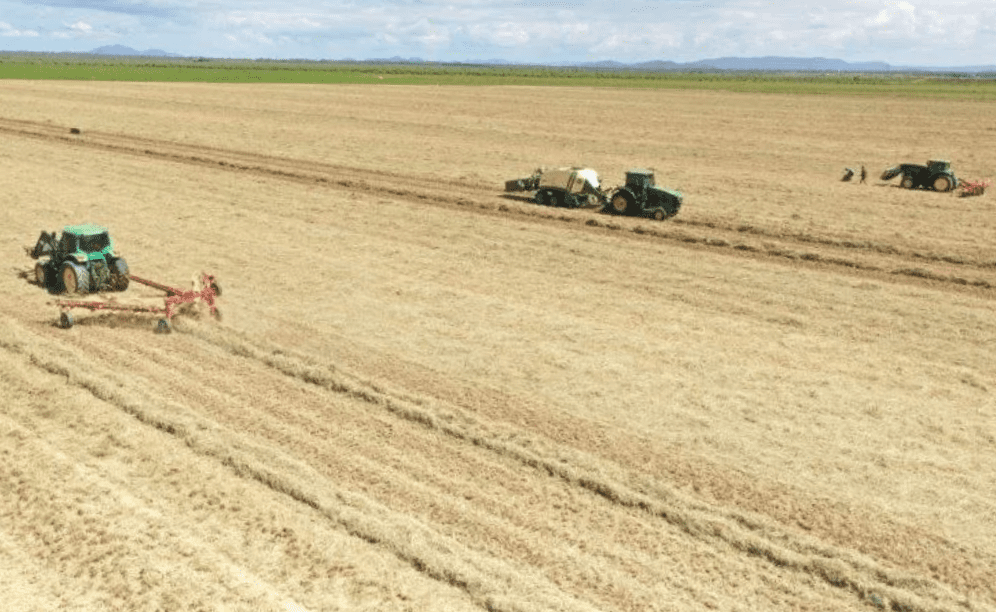
reviously, Keshvale grew sugarcane but today, 200ha of flood irrigation is planted to Rhodes grass with a further 100ha of potential irrigation land.

HAVE YOUR SAY